Common Types of Spring Plungers
Spring plungers aren’t a one-size-fits-all deal—we design them to match what you actually need, whether that’s more precision for delicate work, higher load capacity for heavy parts, or better resistance to harsh conditions. Here are the two most popular types, sorted by material—these are the ones we get asked about most:
Stainless Steel Spring Plunger:We make these from high-grade stainless steel, usually 304 or 316. The big win here is corrosion resistance—moisture, humidity, even mild chemicals won’t mess with their structure. I’ve seen these used in outdoor gear and medical tools, and they hold up great. They’re also non-magnetic, which is a total must for things like electronic gear or medical devices—you don’t want magnetic interference messing up sensitive signals or equipment. And the best part? When you use them, the spring force stays stable over time—so you never have to worry about losing that positioning accuracy, even after months of use.
Carbon Steel Spring Plunger:These are built from tough carbon steel, and we often heat-treat them to make them even stronger. The main reason you’d pick this one? It can handle way more load. Compared to stainless steel models, it gives way stronger locking force—perfect for heavy-duty mechanical systems, like industrial machines that move big parts. Now, carbon steel can rust if you don’t treat it, so we usually add something like zinc plating or black oxide coating to keep that at bay. They’re tough enough to take frequent impacts or high-pressure use too—I’ve seen these in tooling setups where parts get clamped hard, and they never let up.
Picking the right spring plunger isn’t just some small detail—it actually affects how precise, safe, and long-lasting your mechanical system is. Here are the main areas where they really shine, based on what our customers tell us:
1. Industrial Machinery and Tooling
Common types: Carbon Steel Spring Plunger, Stainless Steel Spring Plunger
What they’re used for: Securing modular tooling plates (carbon steel ones lock tight, so plates stay aligned while the machine’s running—no slippage that ruins workpieces), indexing rotating parts (stainless steel keeps positioning smooth and repeatable, which is key for assembly lines), and locking adjustable machine guards (zinc-plated carbon steel holds up to the moisture in workshops—no rusting even if someone spills a little coolant).
2. Automotive and Transportation
Common types: Stainless Steel Spring Plunger, Zinc-Plated Carbon Steel Spring Plunger
What they’re used for: Positioning car seat adjusters (stainless steel handles daily use and the occasional spill—like when someone knocks over a soda in the car), locking truck tailgate latches (carbon steel takes that heavy force of slamming a tailgate shut, no bending), and securing dashboard parts (those corrosion treatments? They stop road salt from making parts rust—super important for folks who live in snowy areas).
3. Electronic and Medical Equipment
Common types: Stainless Steel Spring Plunger (Non-Magnetic)
What they’re used for: Locking server rack drawers (non-magnetic stainless steel won’t interfere with electronic signals—critical for data centers), positioning parts in medical devices (precision here is everything—you need that accurate alignment for diagnostic tools, like ultrasound machines), and securing laptop hinge covers (small stainless steel models fit those tight spaces perfectly, and they don’t scratch the casing—no unsightly marks).
4. Aerospace and Precision Engineering
Common types: High-Grade Stainless Steel Spring Plunger
What they’re used for: Indexing aircraft control panels (high-strength stainless steel handles those extreme temperature swings—from cold high altitudes to warm ground conditions), locking brackets on satellite parts (that corrosion resistance is key for space’s harsh environment—no rusting out there), and positioning precision measuring instruments (stable spring force keeps calibration accurate—you don’t want your measuring tools drifting off because the plunger’s force changed).
How to Customize Exclusive Spring Plungers
At Yuhuang, we’ve made customizing spring plungers super simple—no guesswork, no confusing jargon, just parts that fit your assembly perfectly. All you need to tell us are a few key things, and we’ll take it from there:
1.Material: Choose from 304 stainless steel (great corrosion resistance for most everyday uses), 316 stainless steel (even better if you’re dealing with harsh chemicals—like in some lab setups), or 8.8-grade carbon steel (super strong for heavy loads, like industrial presses).
2.Type: Go with standard stainless steel or carbon steel, or ask for something specific—like non-magnetic stainless steel if you’re using it in electronics (we get this request a lot for server rooms).
3.Dimensions: These are pretty critical—overall length (needs to fit the space in your assembly, no forcing parts), plunger diameter (has to match the hole it goes into—too big and it won’t fit, too small and it wiggles), and spring force (pick light force for delicate parts, heavy force for heavy-duty work—we can help you figure this out if you’re not sure).
4.Surface Treatment: Options include zinc plating (cheap and effective for indoor use, like in factory machines that stay dry), nickel plating (better corrosion resistance plus a nice polished look—good if the part’s visible), or passivation (boosts stainless steel’s natural ability to resist rust—extra protection for damp spots).
5.Special Needs: Any unique requests—like custom thread sizes (if your existing parts use a weird thread that’s not standard), high-temperature resistance (for things like engine parts or ovens), or even engraved part numbers (so you can track them easily if you have a lot of components).
Just share these details with us, and our team will first check if it’s doable (we almost always can make it work!). We’ll also throw in expert advice if you need it—like if we think a different material would work better—and then deliver spring plungers that are exactly what you asked for, no surprises.
FAQ
Q: How do I choose between stainless steel and carbon steel spring plungers?
A: Easy—if you’re in a damp, corrosive, or non-magnetic environment (like medical devices, outdoor gear, or electronics), go with stainless steel. For heavy loads or if you’re watching costs (most industrial uses where it’s dry), carbon steel is better—just pair it with zinc plating for basic rust protection. We’ve had customers mix these up before, so if you’re unsure, just ask!
Q: What if a spring plunger loses its spring force over time?
A: Honestly, the best bet is to replace it—worn springs mean less reliable locking, and that can lead to bigger issues with your assembly. If you use the plunger a lot (like in high-use machines), pick heat-treated carbon steel or high-grade stainless steel—those last way longer, so you won’t have to swap them out as often.
Q: Should I lubricate spring plungers?
A: Yeah, light lubrication helps a ton—silicone or lithium grease works best. It reduces friction so the plunger moves smoothly, and it makes them last longer too. Just a heads-up: avoid oil-based lubricants in food-processing or medical equipment—use food-grade or medical-grade ones instead, so you don’t contaminate anything.
Q: Can spring plungers be used in high-temperature environments?
A: Sure, but you need the right material. 316 stainless steel works up to 500°F (260°C)—good for things like small engine parts. If you need higher temps (like in industrial ovens), we have specialized alloy steel models that can handle it. Just make sure to check with our team first to confirm the temperature limit—we don’t want you using the wrong one and having it fail.
Q: Do you offer custom thread sizes for spring plungers?
A: Absolutely—we get requests for this all the time. Whether you need metric, imperial, or something a little odd, we can do it to match your existing assembly. Just tell us the thread pitch and diameter, and we’ll work it into the design—no need to redesign your whole setup around standard threads.


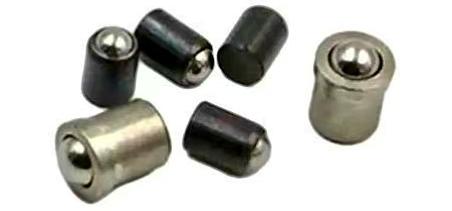

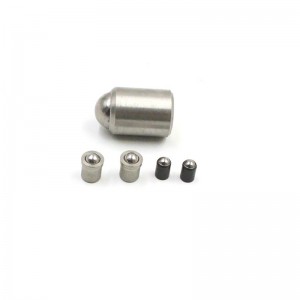
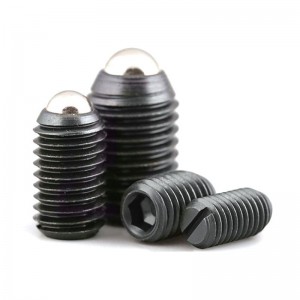
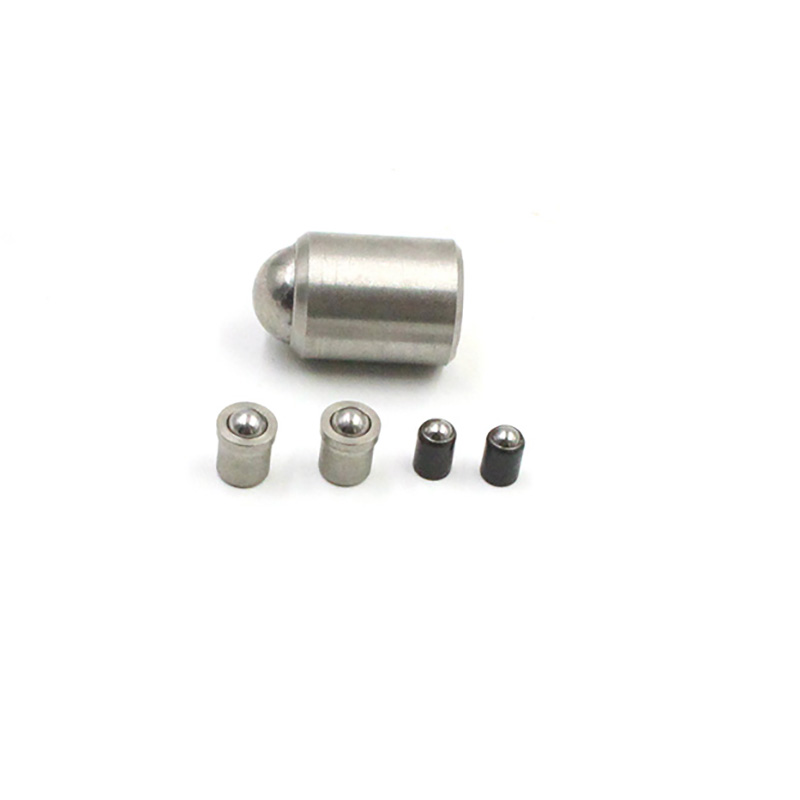
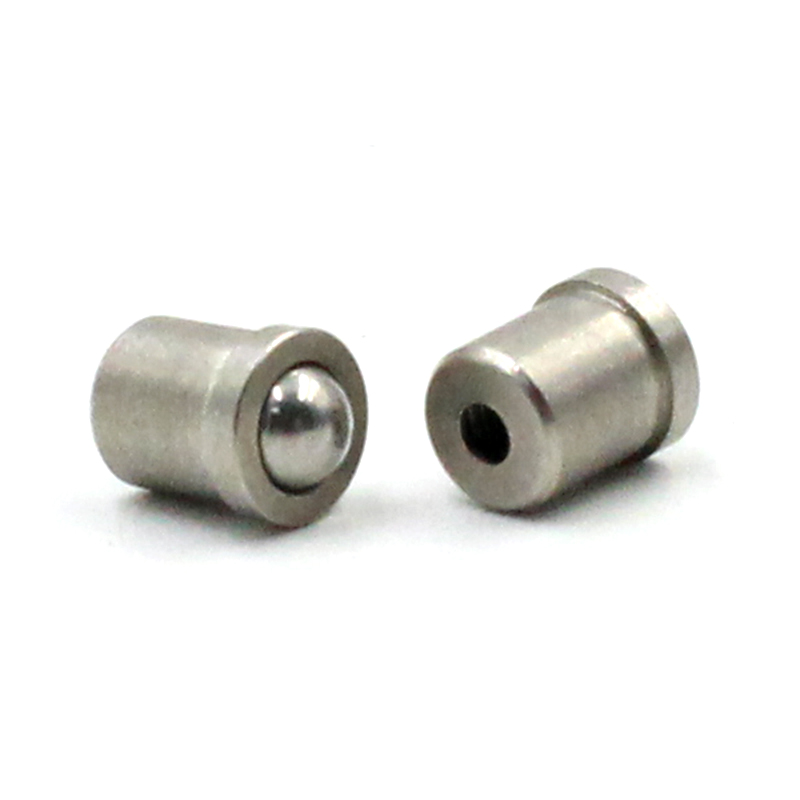
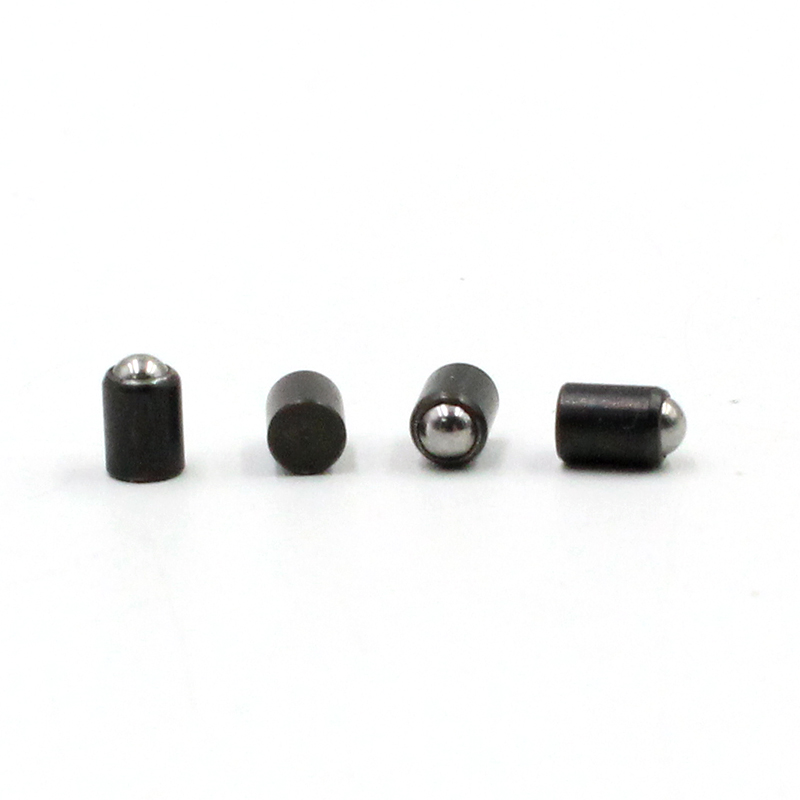
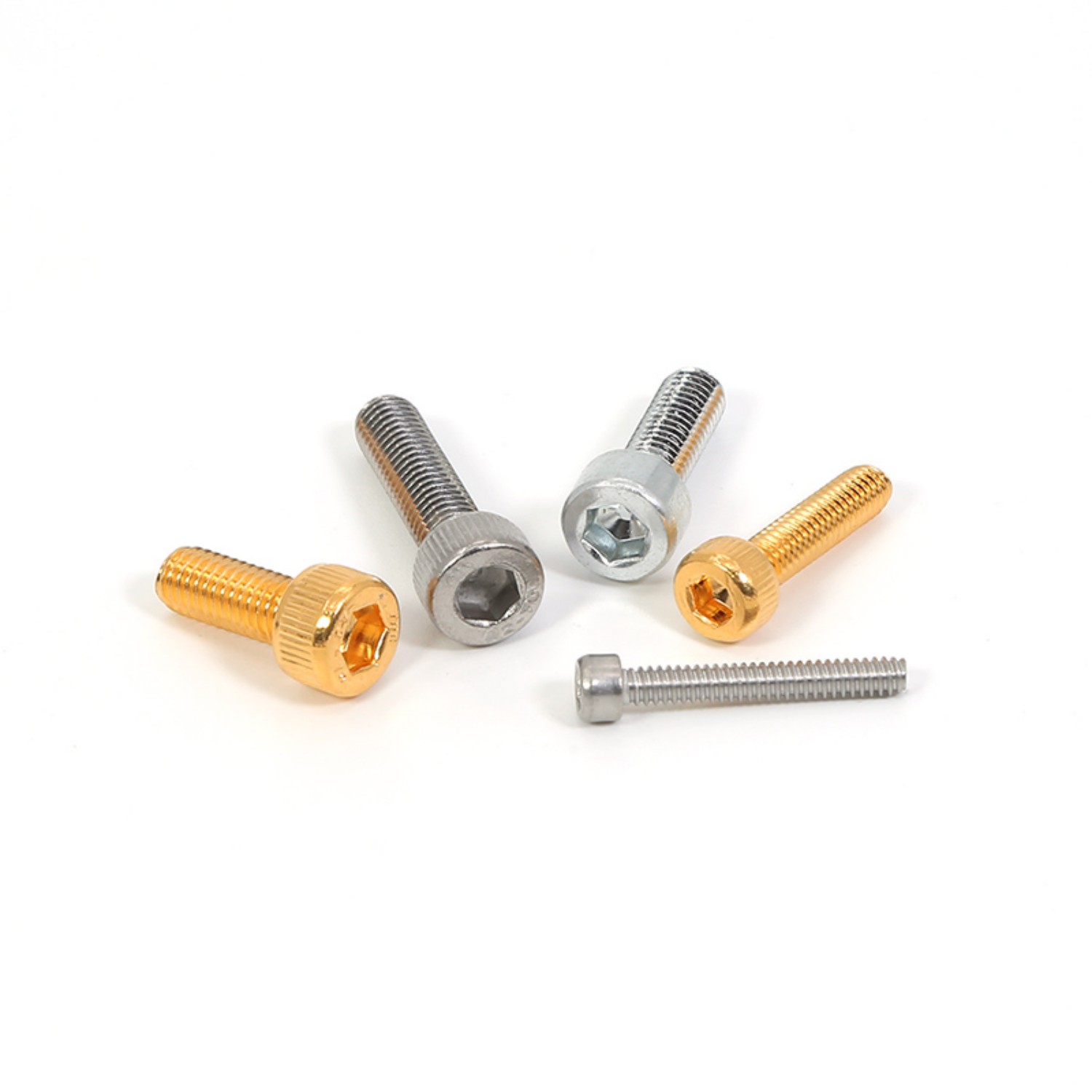 Bolts
Bolts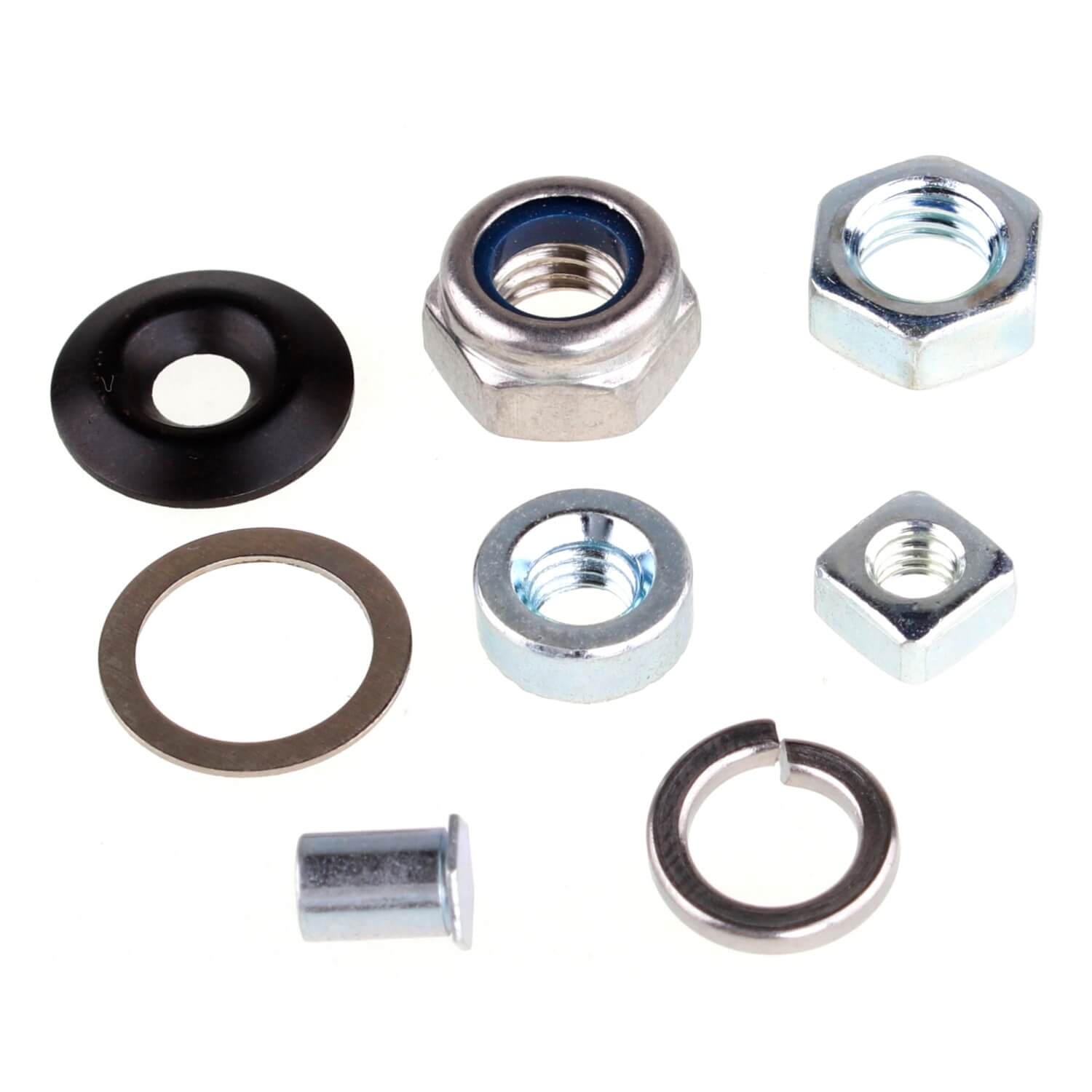 Nuts
Nuts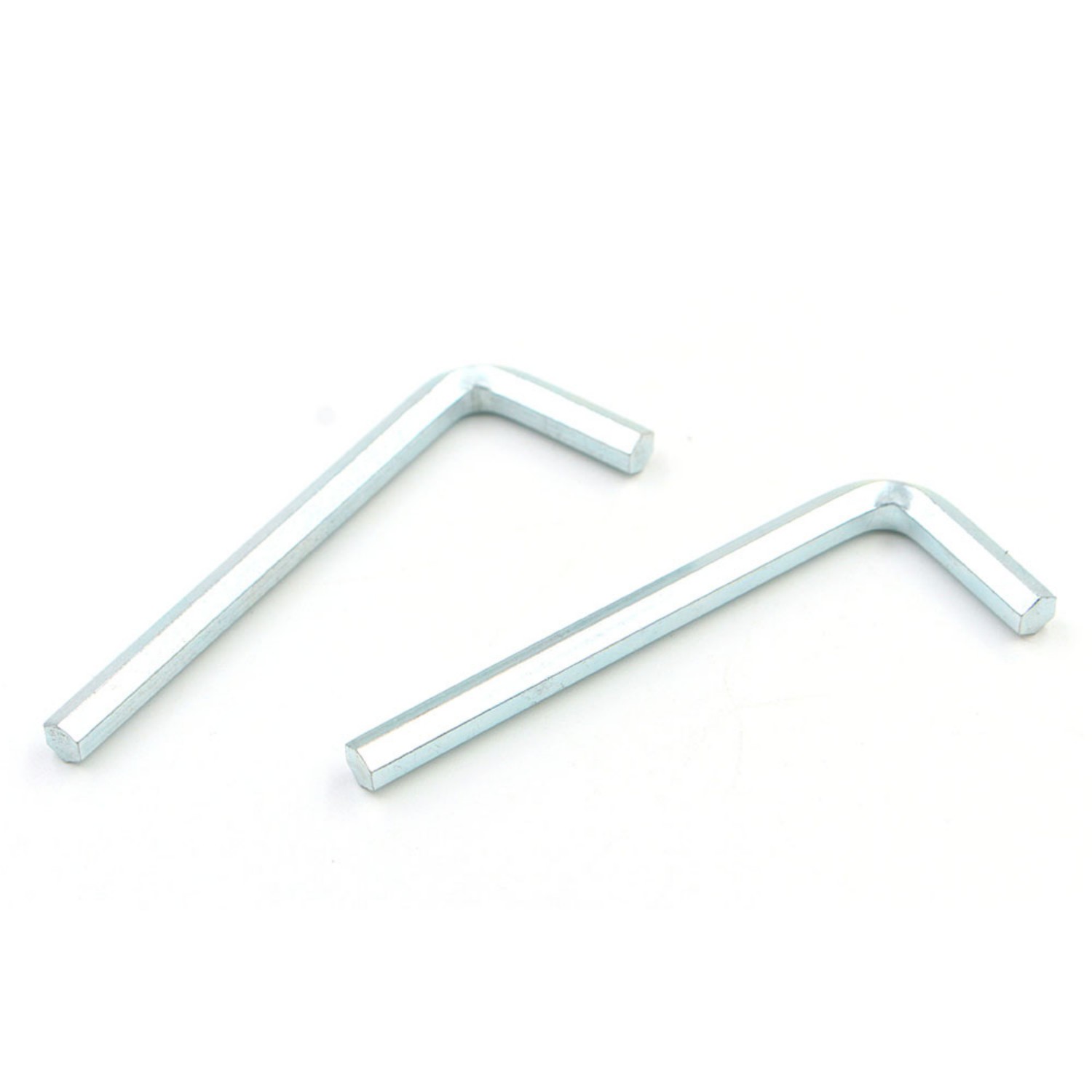 Wrenches
Wrenches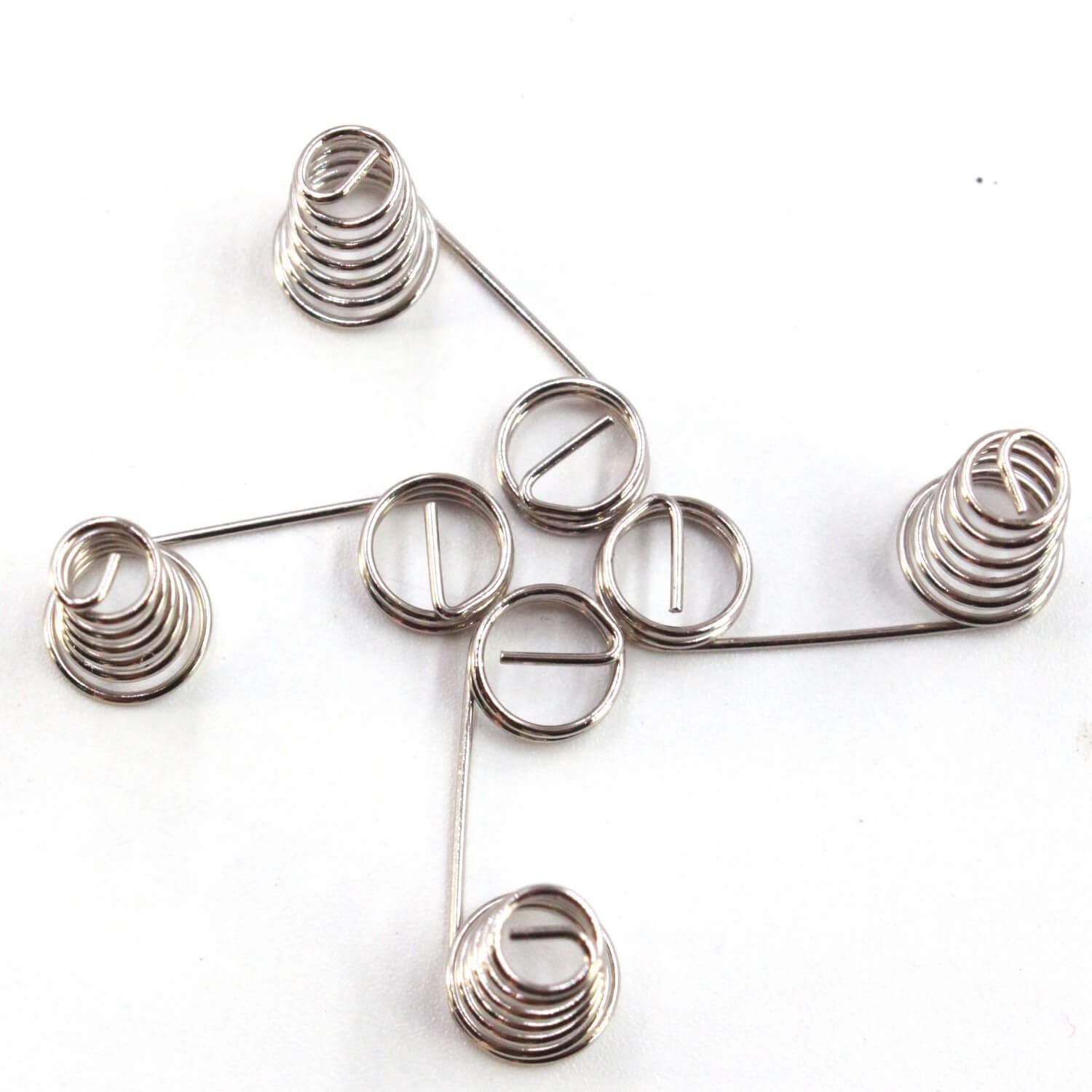 Spring
Spring





